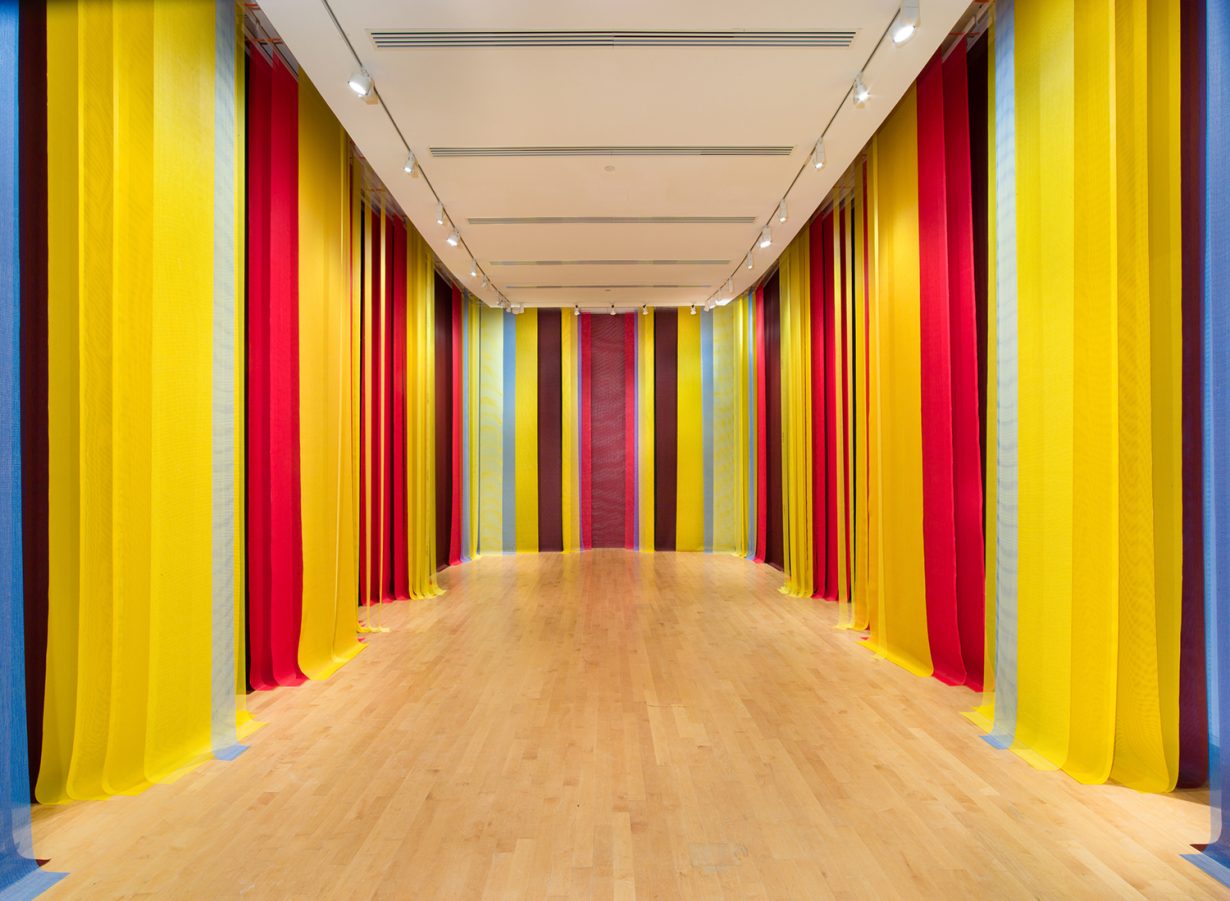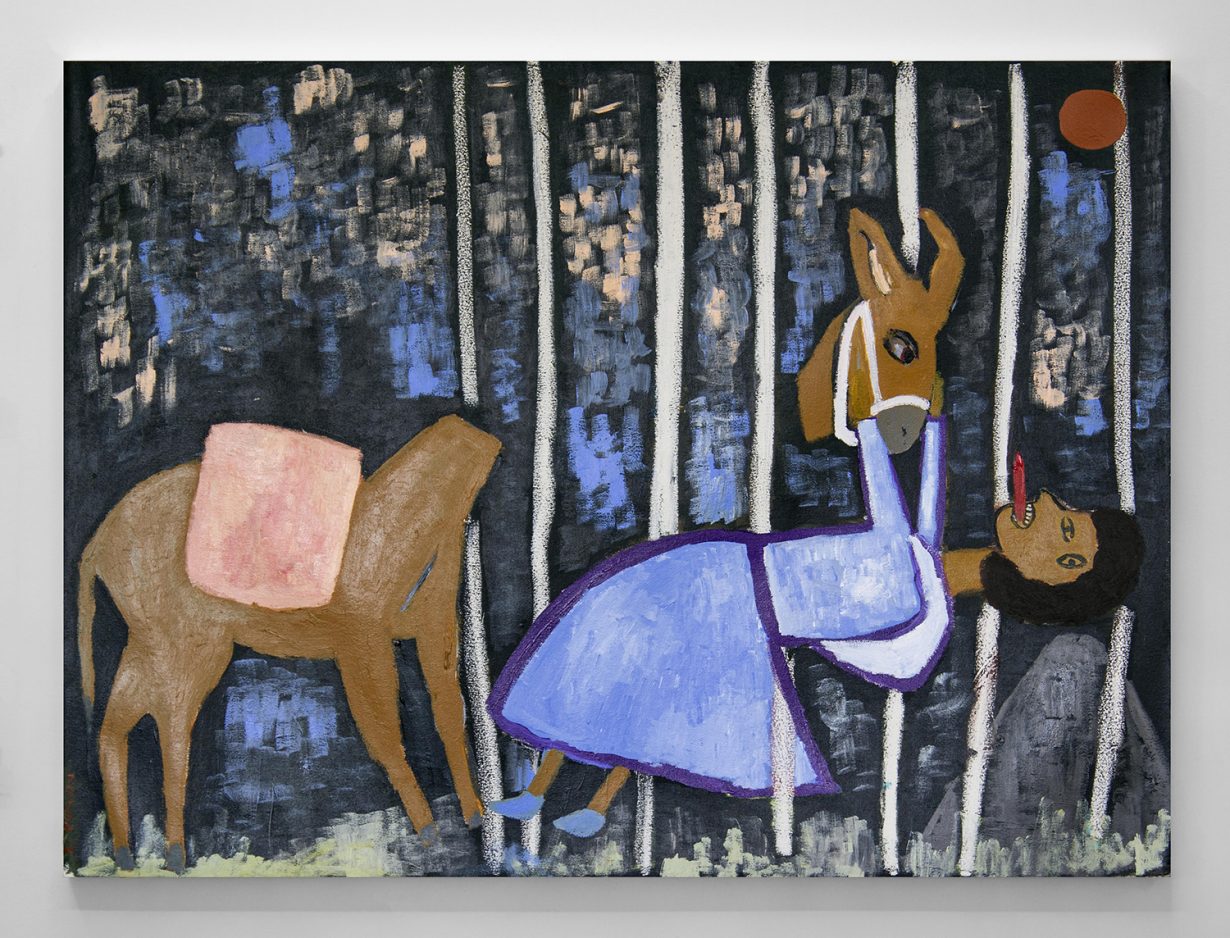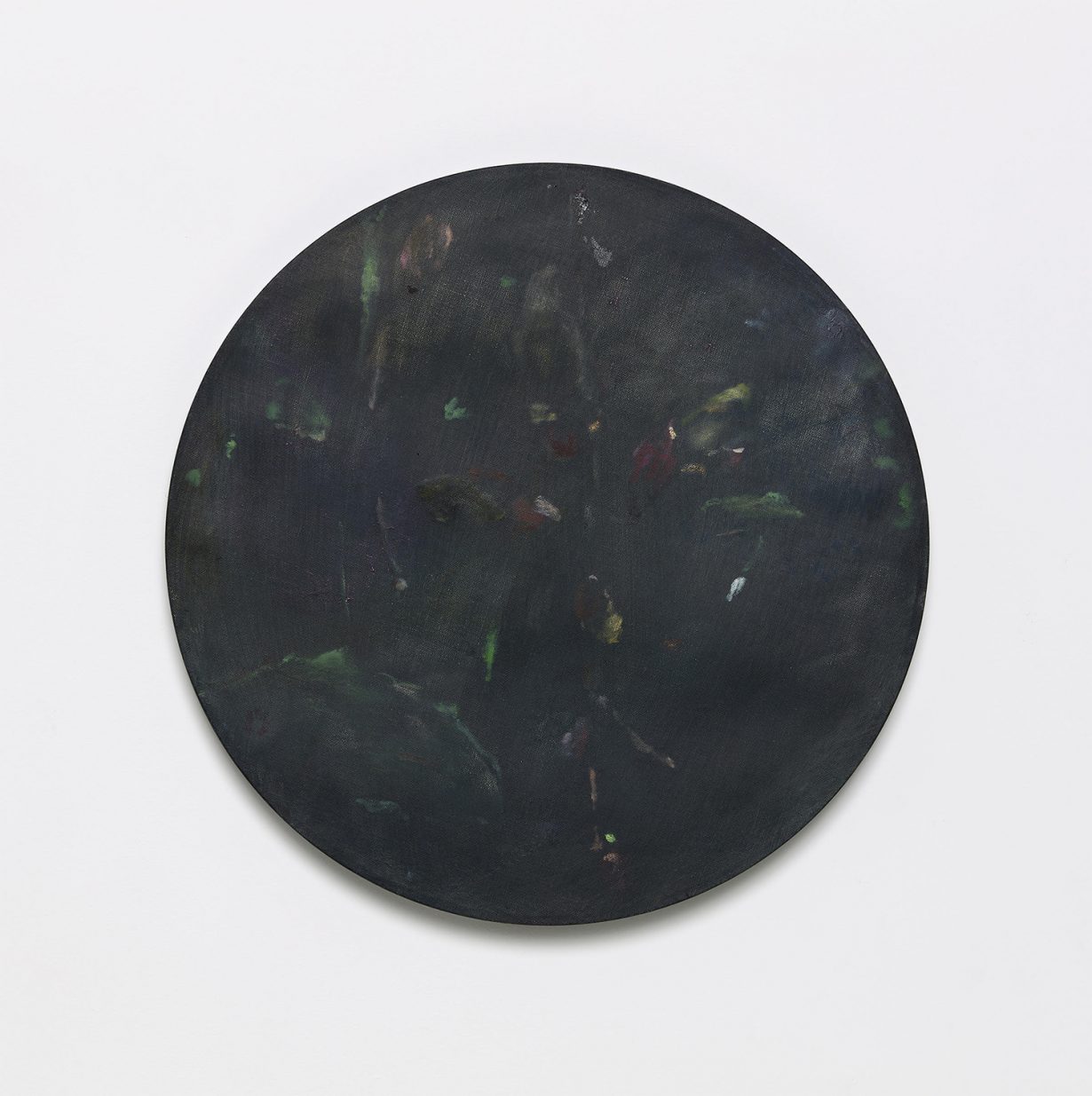Eva LeWitt, Cassi Namoda and Maaike Schoorel on their work, the future and the shift online
This year has not been an easy one for anyone, including artists and their galleries. In recognition of that, and of the obstacles to come, ArtReview is supporting the 2020 edition of June, a boutique art fair inaugurated last year in Basel by a select host of galleries. This year the fair is hosted online by Hauser & Wirth from 20–31 August and we have been speaking to some of the artists involved.

Eva LeWitt is showing with VI, VII, Oslo
ArtReview: Can you tell us about the works that are on show in June?
Eva LeWitt: The gallery will highlight two larger scale installations: Untitled (Fish House), a piece made for a private foundation in New York and Untitled (Flora), which was made for my solo exhibition at the Jewish Museum in 2018. Both were site-responsive installations. The first is made of vinyl, latex and polyurethane foam. The other makes use of harder plastics.
AR: This year, June has moved to be an online fair. How has the fact that audiences’ engagement with art has become increasingly digital (even before the pandemic) influenced your practice or the way you view art?
ELW: I think this will probably present a really interesting opportunity for many artists – for those who already work digitally to adapt their work to the type of screens we have been forced to resort to. I can imagine it would be difficult to give up some control, but it might make for a more personal, intimate viewing experience.
This type of engagement will not change the way I make my work – which is very hands on and without the help of computers or digital assistance. It will be a particular challenge to document the work and still attempt to convey the movement of the work, the effect of gravity on the materials.
AR: How do you think the art world might change in the wake of this year’s events?
ELW: In the future, I hope we won’t take for granted being in the company of art. Thinking of the empty galleries and museums all over the world has made me feel particularly lonely, and lonely for the works themselves.
AR: What else do you have coming up?
ELW: I’m working on three outdoor sculptures for an exhibition at the Clark Art Institute, which opens this autumn, and a new body of work that will be shown at Frieze London in October. After that I’ll have a solo exhibition at VI, VII, followed by one at Luhring Augustine’s Brooklyn space.

Cassi Namoda is showing with François Ghebaly, Los Angeles
ArtReview: Can you tell us about the works that will be on show in June?
Cassi Namoda: I call this mini-exhibition of oil paintings You’ll be old too one day. Life isn’t always young and sweet. It’s the first time that I’ve presented oil paintings and these also have a touch of acrylic. The body of work is an exploration of youth and life systems, embryonic cognisance, nativity and its folklore, dualities, sexuality and living, and the passing of time as a survey of purpose.
AR: This year, June has moved to be an online fair. How has the fact that audiences’ engagement with art has become increasingly digital (even before the pandemic) influenced your practice or the way you view art?
CN: In some ways it has changed me, and in other ways nothing has changed. I live a pretty isolated life in Long Island so my world has been rather virtual. I think the thing that has changed is my connection, and engagement, with the viewer, as I cannot be present for my exhibition since it’s online. So now it’s almost like my paintings have to have a stronger-than-ever-before secret language to tap into – a sort of universal human experience. I think universality will become one of the most important factors in anyone’s work.
AR: How do you think the art world might change in the wake of this year’s events?
CN: The artworld has quickly adjusted, I believe, and I think it will continue to find innovative new ways to keep it interesting and authentic – to accommodate artist, viewer and collector.
AR: What else do you have coming up?
CN: My solo exhibition with Goodman Gallery will open up in mid-November 2020.

Maaike Schoorel is showing with Stigter van Doesburg, Amsterdam
ArtReview: Can you tell us about the works that will be on show in June?
Maaike Schoorel: The paintings were made during lockdown/confinement. I was on an artist residency in Belgium when the lockdown happened. I was living in the Woning van Wassenhove, a building by the architect Juliaan Lampens. The confinement and solitude in the context of the brutalist building and extraordinary landscape of ‘the Leiestreek’ felt surreal.
I started making paintings based on this experience: still life paintings of my own arrangements in the house – a box of chewing gum next to decaying flowers and a wineglass from the previous day. Or I painted the landscape outdoors of the beautiful Leie river next to the house that felt even more solemn. I painted the Leie river as a triptych of 5 metres based on the dimensions of the house I was living in.
AR: This year, June has moved to be an online fair. How has the fact that audiences’ engagement with art has become increasingly digital (even before the pandemic) influenced your practice or the way you view art?
MS: It made me realise even more how important the real-life experience of an artwork can be. The aura of an artwork is something most of us have perceived/experienced as lacking in their life during lockdown – the lack of contact and not actually seeing a person or the tactile qualities of an artwork. Basically, feeling fed up of watching a screen. It emphasises how much communication is done outside the reproduction of an image and how we should try to cherish this. That this magical part of life is at the essence of our being. Art can highlight this aspect of life.
AR: How do you think the art world might change in the wake of this year’s events?
MS: Only time will tell. But I hope we will start to take more time (looking or being with art) and appreciate it when these precious moments present themselves.
AR: What else do you have coming up?
MS: My work can be seen at the Biennial of Painting until 17 October at Museum Dhondt-Dhaenens in Belgium as well as a solo presentation at the Woning van Wassenhove. My work is also at Mendes Wood in Brussels until 26 September as part of the Biennial.